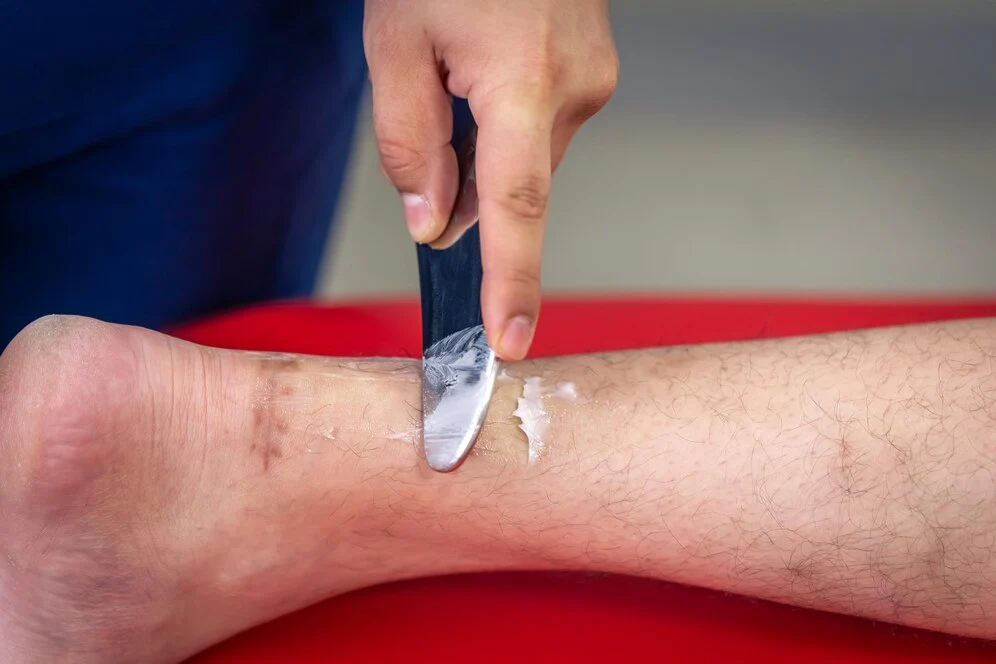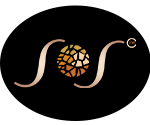- Home
- About
- Services
- Skin Programs
- Our Shop
- GalleryBefore/After ImagesVideo TestimonialsBefore/After ImagesVideo Testimonials
- Blog
- Contact Us
Scars Treatment at Science Of Skin

Scars, a natural part of the healing process, are visible reminders of injury, surgery, or skin conditions like acne. While scars are often harmless, they can affect one’s appearance and self-esteem, prompting many to seek treatments to minimize their visibility. Advances in dermatology have provided a variety of effective methods for scar treatment, tailored to the type of scar and individual needs. The Science Of Skin and Hair Treatment Clinic in Hyderabad guide will explore the nature of scars, available treatments, and how to choose the right approach for smoother, more uniform skin.
Understanding Scars
Looking for acne scar removal treatment in Hyderabad? Scars develop when the dermis, which is the deeper, thicker layer of skin, gets damaged. The body repairs this damage by producing new collagen fibres, which leads to the formation of a scar. The appearance of a scar can vary widely, depending on the nature of the injury, your age, genetics, and how well the wound heals. There are different types of scars, which are:
Atrophic Scars: Indentations in the skin left by acne or chickenpox.
Hypertrophic Scars: Raised scars that are within the boundary of the original wound.
Keloids: Overgrown areas of scar tissue that extend beyond the original injury.
Contracture Scars: Scars that restrict movement due to skin tightening, often occurring after burns.
Scars Treatment Options
Topical Treatments
Silicone Sheets and Gels: Used to treat hypertrophic scars and keloids, silicone sheets and gels can flatten and soften scars.
Corticosteroid Creams: Applied to reduce inflammation and can help flatten hypertrophic and keloid scars.
Minimally Invasive Procedures
Injections: Steroid injections are commonly used to treat keloids and hypertrophic scars, reducing their size and itching.
Microneedling: A device with fine needles creates tiny punctures in the top layer of the skin, which can help reduce the appearance of atrophic scars.
Laser Therapy: Various types of lasers can reduce scar redness, smooth out uneven skin, and stimulate new collagen production.
Surgical Procedures
Scar Revision: This includes excising the scar and re-closing the wound with a more aesthetic technique. It’s often used for scars that are wide, long, or unsightly.
Skin Grafts: Used for extensive scarring, like burns, this involves taking skin from one area of the body to cover another.
Tissue Expansion: This technique allows the body to “grow” extra skin to use for reconstructing nearby areas with scars.
Other Treatments
Dermal Fillers: Can be used for atrophic scars to raise the depressed areas to the level of the surrounding skin.
Cryotherapy: Involves freezing the scar tissue to reduce its size, particularly effective for small keloids.
Choosing the Right Treatment
Selecting the most appropriate acne scar treatment involves considering the type of scar, its location, and your skin type. It’s crucial to consult with a skin dermatologist who can assess your scar and recommend the best course of action. Be prepared that treating scars, especially large or deep ones, often requires patience and possibly multiple procedures. Visit our Science Of Skin’s acne scar removal treatment clinic in Kukatpally to treat your acne skin problems.
